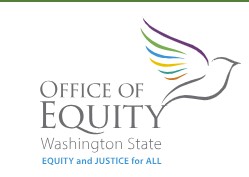
EDI Resources, Statements, and Terms
Everyone in Washington has full access to the opportunities, power, and resources they need to flourish and achieve their full potential and there is equity and justice for all, for the next seven generations and beyond.
–Office of Equity, WA State

EDI Statements
- On June 1, 2020, President Chad Hickox and then Director of EDI Margarita Banderas issued the following Statement of Solidarity.
WWCC Statement of Solidarity – June, 2020 - WACTC statement on AAPI harassment – June 5, 2020
- WACTC statement on black violence – June 5, 2020

